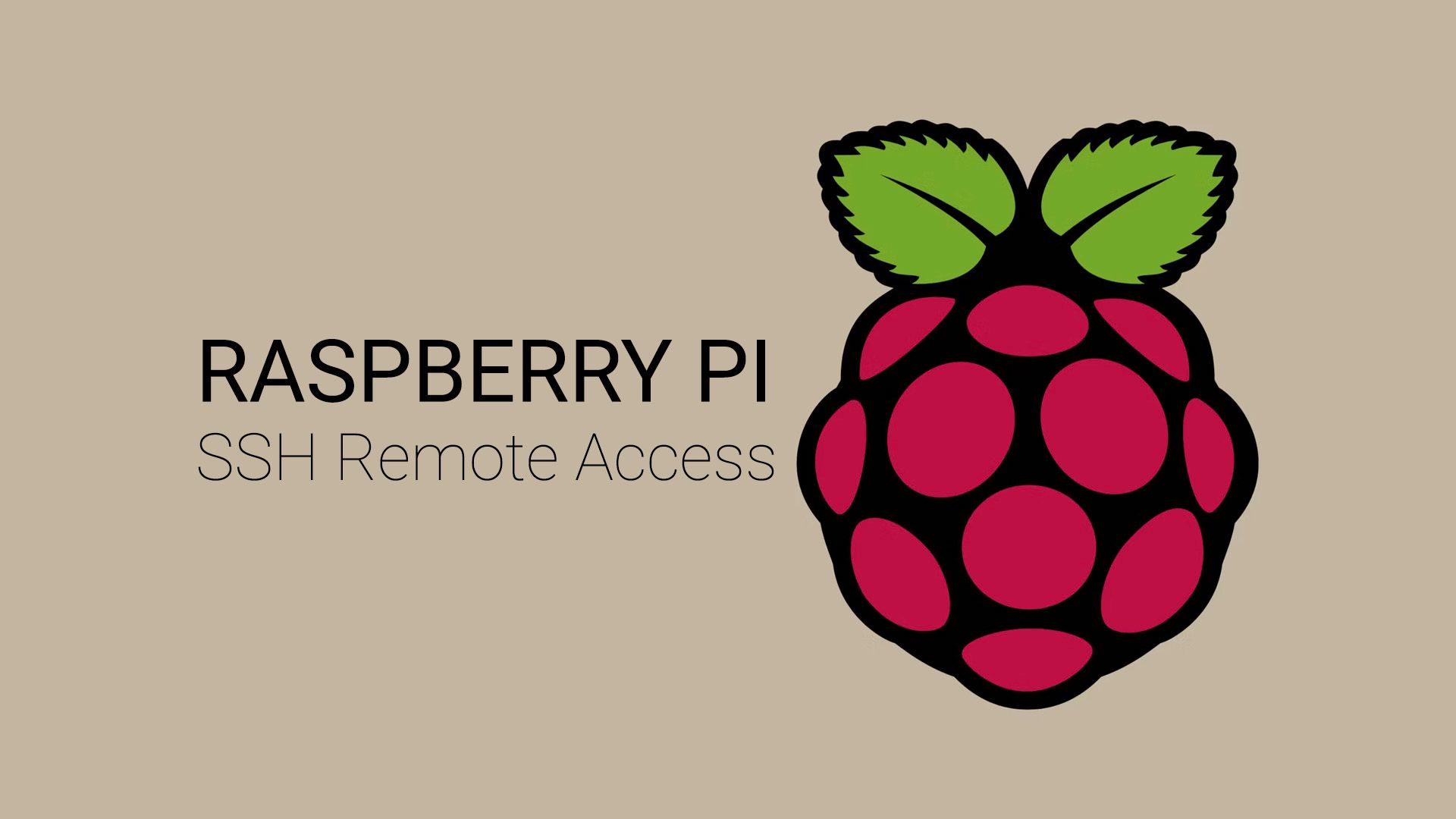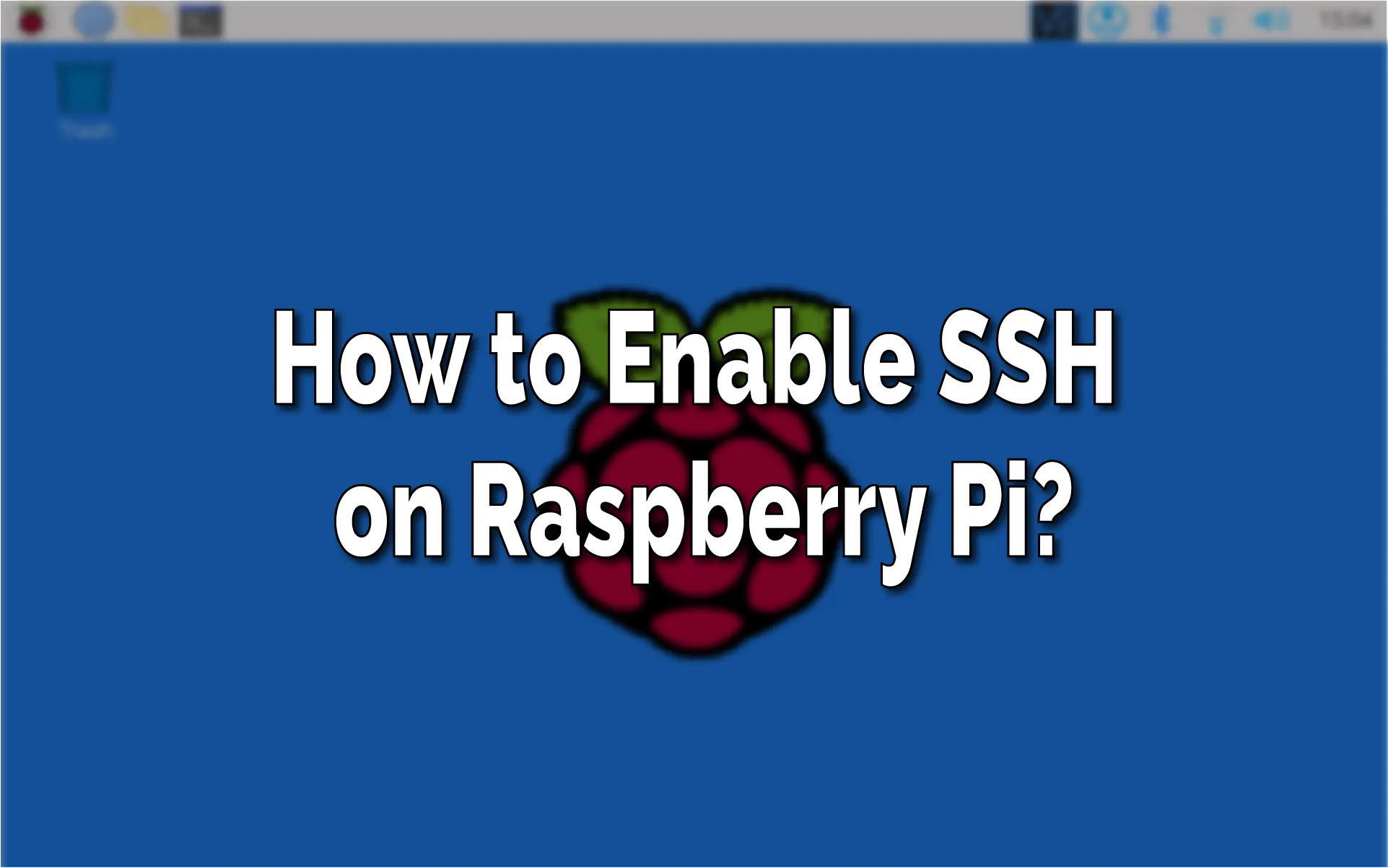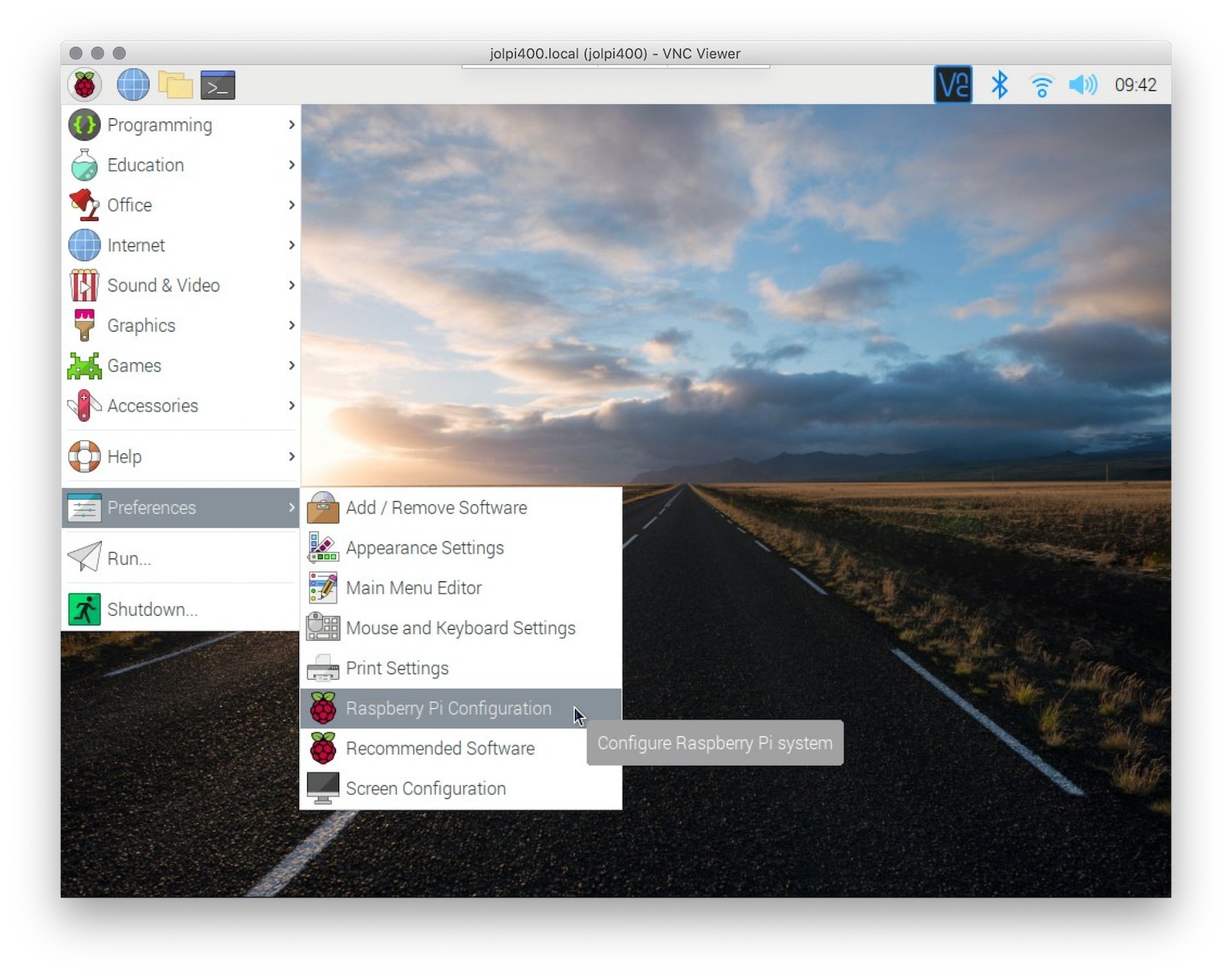Are you looking to connect with your Raspberry Pi from a distance, perhaps to manage smart home devices or run projects without needing to be right there? Many folks, like you, want to get their hands on ways to access their little computers securely. It's a common desire, actually, to have that kind of control, especially when your Raspberry Pi is doing important work somewhere out of reach. This guide is all about helping you achieve just that, giving you the know-how for secure remote access.
It's quite a neat thing, being able to send commands or grab files from your Raspberry Pi, even if it's across the house or, you know, across the globe. We'll explore how to use SSH, which is a very secure way to do this. Think of it like a secret tunnel for your commands and data, keeping everything safe from prying eyes. This kind of setup is pretty much a must-have for anyone working with IoT projects or just wanting to make their Raspberry Pi more useful from afar.
We'll also touch on some handy tools and methods that are, in a way, free to use, making it easier to get started without spending extra money. You'll learn how to get your files, even when things seem a bit tricky, and how to automate tasks, which is really cool. So, if you're ready to make your Raspberry Pi work harder for you, even when you're not nearby, stick with us. We've got some good stuff to share that might just make your digital life a whole lot simpler.
Table of Contents
- Why Remote Access for Your IoT Projects?
- What is SSH and Why It Matters for Your Raspberry Pi
- Making Your SSH Connection Much Safer
- Beyond Just Commands: SFTP and Moving Files
- Automating Your Pi with SSH: Actions from Afar
- Solving Common SSH Puzzles
- Frequently Asked Questions
- Getting Started with Your Free Download and Remote IoT Journey
Why Remote Access for Your IoT Projects?
Having a way to get to your Raspberry Pi from a distance is, in some respects, a game-changer for anyone working with IoT. Think about it: your smart home device, perhaps a temperature sensor or a light controller, might be tucked away in a corner, not easily reached. You wouldn't want to pull it out every time you needed to make a small change or check on its status, would you? So, being able to connect to that machine remotely using something like the SSH protocol lets you trigger or run some actions outside of its immediate location. This freedom means you can manage your projects, update software, or even troubleshoot issues without having to physically touch the device. It's very convenient, really.
What is SSH and Why It Matters for Your Raspberry Pi
SSH, which stands for Secure Shell, is a method for secure network services over an unsecured network. It's basically a cryptographic network protocol. For your Raspberry Pi, it means you can open a command line window on your main computer and control your Pi as if you were sitting right in front of it, typing directly into its own terminal. This is pretty much how you'd want to manage any server or IoT device that doesn't have its own screen or keyboard attached. It keeps your connection private and safe from people trying to listen in. It's a rather important piece of the puzzle for remote management, you know.
Getting SSH Ready on Your Raspberry Pi
Before you can connect, you need to make sure SSH is turned on on your Raspberry Pi. For newer versions of Raspberry Pi OS, it's often off by default for security reasons. You can usually enable it through the Raspberry Pi Configuration tool under the "Interfaces" tab, or by creating a file named `ssh` (with no file extension) in the boot directory of your SD card. After that, you just need your Pi's IP address. You can find this by typing `hostname -I` into your Pi's terminal. Then, from your computer, you'd open a terminal or command prompt and type something like `ssh pi@your_pi_ip_address`. It's pretty straightforward, actually, to get that initial connection going.
Making Your SSH Connection Much Safer
While SSH is secure by nature, there are ways to make it even more so, especially when you're dealing with devices that are, like, out in the open on a network. You want to make sure no one can easily guess their way into your Raspberry Pi. This means moving beyond just a password and thinking about other layers of protection. It's about building a stronger wall around your digital space. This is where things like public/private keys come into play, offering a much more robust way to prove who you are when you try to connect. You'll find it's a very good habit to get into for all your remote connections.
Using Public/Private Keys for Better Security
One of the best ways to secure your SSH connections is by using public/private key pairs. This is a bit like having two parts of a key: one part you share (the public key), and one part you keep absolutely secret (the private key). When you try to connect, your computer uses its private key to prove its identity to the server, which has your public key. This is much safer than using a password, which can be guessed or stolen. I remember a situation where I was trying to access a server using FileZilla and was told I needed to use authentication with public/private keys. I created the keys using the terminal, but then, you know, couldn't find them on my computer. Typically, they are stored in a hidden `.ssh` folder in your home directory. It's important to keep that private key very safe, as anyone with it could potentially access your devices. This method is, arguably, the gold standard for SSH security.
When Your Display Isn't Showing Up: X11 Forwarding
Sometimes, you might want to run a graphical application on your Raspberry Pi and have its window appear on your desktop. This is where X11 forwarding comes in handy. If you run SSH and your display isn't set, it means SSH is not forwarding the X11 connection. To confirm that SSH is forwarding X11, you can check for a line containing "requesting X11 forwarding" in the output when you connect with the `-v` (verbose) option, like `ssh -X -v pi@your_pi_ip_address`. If it's not working, you might need to check your SSH client settings or the `sshd_config` file on your Raspberry Pi to make sure `X11Forwarding yes` is set. It's a pretty neat trick for graphical tasks, honestly, even if it can be a bit fiddly to set up at first.
Beyond Just Commands: SFTP and Moving Files
SSH isn't just for running commands; it's also the backbone for secure file transfers. SFTP, which stands for SSH File Transfer Protocol, lets you move files back and forth between your computer and your Raspberry Pi securely. It's a much better choice than plain FTP, which sends everything in the clear, making it easy for others to snoop. With SFTP, all your file transfers are encrypted, which is very important for keeping your data private. This means you can upload project files, download sensor data, or manage configurations without worrying about someone else seeing what you're doing. It's, like, a fundamental tool for any remote work.
Connecting with FileZilla and Windows Explorer
For moving files, tools like FileZilla are, arguably, fantastic. They offer a graphical interface, making it much easier to drag and drop files instead of using command-line tools. You just set up a new site in FileZilla, choose SFTP as the protocol, and put in your Pi's IP address and your username. If you're using public/private keys, you'll point FileZilla to your private key file. I recall a client who needed to connect to an SFTP server using Windows File Explorer. The explorer has an option to connect to an FTP server but not an SFTP server directly. For that, you usually need third-party software that integrates with Windows, like WinSCP or similar tools, which can make SFTP feel like a local drive. It's a bit of a workaround, but it works pretty well, you know, for those who prefer a familiar interface.
Automating Your Pi with SSH: Actions from Afar
One of the most powerful things you can do with SSH and your Raspberry Pi is automate tasks. You can write scripts on your main computer that connect to your Pi and run commands automatically. This is super useful for things like scheduled data collection, remote reboots, or deploying new code to your IoT devices. I'm writing a script to automate some command line commands in Python, for example. At the moment, I'm doing calls like this: `Cmd = "some unix command"`. You can use Python libraries like `paramiko` to execute SSH commands directly from your script, making it very easy to integrate your Pi into larger automation workflows. This capability is, honestly, a huge time-saver for repetitive tasks.
Solving Common SSH Puzzles
Sometimes, things don't quite work as expected. If you're having trouble connecting, first, make sure SSH is enabled on your Pi and that you have the correct IP address. Firewalls on either end can also block connections, so check those settings. If you're having issues with Git repositories, for instance, when fetching or pulling from Git repositories, or cloning a repository, you might get stuck. I had a similar issue and to fix it, I simply ran a command (for each repo) that I took from Git's own documentation, which basically re-establishes the connection's trust. It often involves clearing out old host keys or adding new ones to your `known_hosts` file. These little fixes can be a bit annoying, but they're usually simple to sort out once you know what to look for. Always remember to check your error messages; they usually point you in the right direction, you know.
Frequently Asked Questions
Here are some common questions people often have about SSH and their Raspberry Pi:
How do I enable SSH on Raspberry Pi?
You can turn on SSH using the Raspberry Pi Configuration tool, found under "Preferences" in the desktop environment. Just go to the "Interfaces" tab and make sure SSH is set to "Enabled." Alternatively, if you're setting up a new SD card, you can place an empty file named `ssh` (no file extension) in the boot directory of the SD card before you first start your Pi. This tells the system to enable SSH right from the start, which is a pretty neat trick, actually.
Can I access my Raspberry Pi remotely without a screen?
Yes, absolutely! This is one of the main reasons people use SSH. Once SSH is enabled on your Raspberry Pi, you don't need a monitor, keyboard, or mouse connected to it. You can access it completely headless from another computer using an SSH client. This is very helpful for projects where your Pi is tucked away or part of a larger system without its own display. It's a core benefit of using SSH, you know, for these kinds of setups.
What is the best way to secure SSH on my Raspberry Pi?
The best way to make your SSH connection safer is to use public/private key authentication instead of just passwords. This means you generate a pair of keys, put the public key on your Raspberry Pi, and keep the private key safe on your local computer. You should also change the default username if possible, and definitely use a strong, unique password if you must use password authentication. Disabling password login entirely once key-based access is set up is also a very good step. Keeping your Pi's software updated is also important for security, as it helps patch any known weaknesses. These steps are pretty much standard practice for keeping things secure.
Getting Started with Your Free Download and Remote IoT Journey
Getting your Raspberry Pi set up for remote access using SSH is, in a way, a fundamental step for many IoT projects and general home lab fun. You've seen how SSH helps you connect securely, manage files with SFTP, and even automate tasks from a distance. The tools and methods we've talked about are, for the most part, freely available, which is a great bonus. So, whether you're fixing a Git issue by running a specific command, or making sure your X11 display is forwarding correctly, knowing these steps makes your life a lot easier. It's time to put these ideas into practice and gain full command over your Raspberry Pi, no matter where it is. You can learn more about secure remote access on our site, and for deeper insights into protecting your IoT devices, consider looking at this page about IoT security tips. For official Raspberry Pi documentation on SSH, you might want to visit the Raspberry Pi Foundation's official SSH guide.



Detail Author:
- Name : Berniece Hayes
- Username : barrows.rollin
- Email : abshire.tierra@yahoo.com
- Birthdate : 1986-01-17
- Address : 7584 Treutel Spur North Alysha, NV 45696
- Phone : (847) 366-2739
- Company : Cole, Quitzon and Streich
- Job : Career Counselor
- Bio : Et qui vel sed dolores inventore. Ratione nihil sit nisi maxime tempore. Et omnis magni sint iure ad explicabo. Itaque sint doloremque animi corrupti officia aperiam.
Socials
tiktok:
- url : https://tiktok.com/@kilbacke
- username : kilbacke
- bio : Numquam molestiae asperiores molestiae dolore architecto rem id earum.
- followers : 6122
- following : 1775
twitter:
- url : https://twitter.com/ekilback
- username : ekilback
- bio : Et itaque ipsa commodi quae id. Sapiente omnis minima ullam qui quidem rerum placeat. Ipsa necessitatibus consequatur dolor ratione.
- followers : 3371
- following : 1550